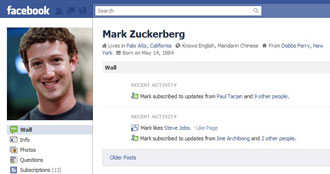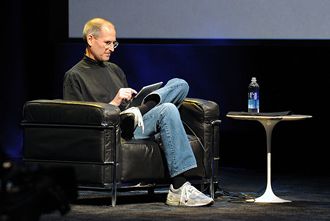 Ruby on Rails is dying off, despite the fact that those with the skill can make a killing according to a new report from Quartz.
Ruby on Rails is dying off, despite the fact that those with the skill can make a killing according to a new report from Quartz.
Quartz found that by using US job listing data collected by Burning Glass and the Brookings Institution, and dividing by its shoe size,the most valuable programming skill to have today is Ruby on Rails. If you have the skill you can take home an average salary of $109,460.
But other data indicates that Rails (and Ruby) usage is not trending upwards.
Quartz homed in on the demand for workers with programming-specific skills and based it all on a large data set which was nearly two years old. Phil Johnson at ITworld had a look at some other figures collected by MS Gooroo, which has collected data from over 300,000 job listings in the US, UK and Australia.
While this confirmed that Ruby on Rails experts were still getting paid a bomb, The percentage of US job listings mentioning Rails in July 2014 was 1.1 percent, which was down from 1.8 percent in December 2013, an almost 40 percent drop. While the pay for Rails engineers is high, demand over the last year seems to be dropping.
Rails is a framework, and not a programming language, but Ruby is the language upon which Rails was built. The most recent TIOBE index of programming language popularity, which is based on web searches for languages, from this month, Ruby was ranked 14th, down from 13th in November 2013 and 11th in January 2013.
Another PYPL index of programming languages, which ranks languages based on searches for web tutorials about them, ranked Ruby 10th, the same spot it held one year ago and down slightly from January, 2013 when it ranked 9th.
It looks like demand by U.S. employers for engineers with Rails skills, however, has been on the decline, at least for the last year.
If use of the Ruby programming language itself can be considered a reliable proxy for the use of Rails, its use by engineers has also been dropping at least moderately since the beginning of 2013.
 Physicists at the University of Warsaw claim to have developed a fully functioning atomic memory that is simple to make and with numerous applications.
Physicists at the University of Warsaw claim to have developed a fully functioning atomic memory that is simple to make and with numerous applications.



















